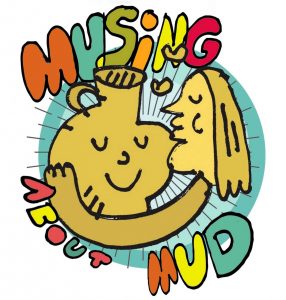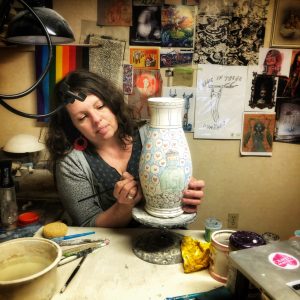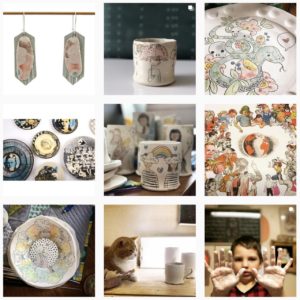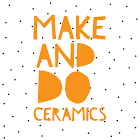Woven Clay from robotsinarchitecture on Vimeo.
by J. Friedman, H. Kim, and O. Mesa (Harvard GSD)
The Standard definitions and models of additive manufacturing, such
as those outlined by ASTM (2012), often assume a layer-by-layer
deposition of a material onto a flat surface. The research presented
looks to explore what alternative formal opportunities that may arise
when challenging these assumptions concerning additive manufacturing.
Beginning with the robotic clay coil extrusion process, the research
uses a bottom-up approach that asks what types of forms and scales can
be generated with this process. Prototypes incorporate techniques such
as weaving as a means of fabricating panels that celebrate the inherent
nature of the coil itself. The woven patterns are designed to
incorporate both assembly logics and performance qualities such as light
permeability across a façade component. Through a series of full-scale
prototypes focusing on a specific building application, this research
works to resolve the seemingly conflicting nature between the inherent
mutability of the clay material and the high level of control granted by
robotic fabrication processes.
This clip was accepted as a video submission to Rob|Arch 2014 – the
international conference on robotic fabrication in architecture, art,
and design.







